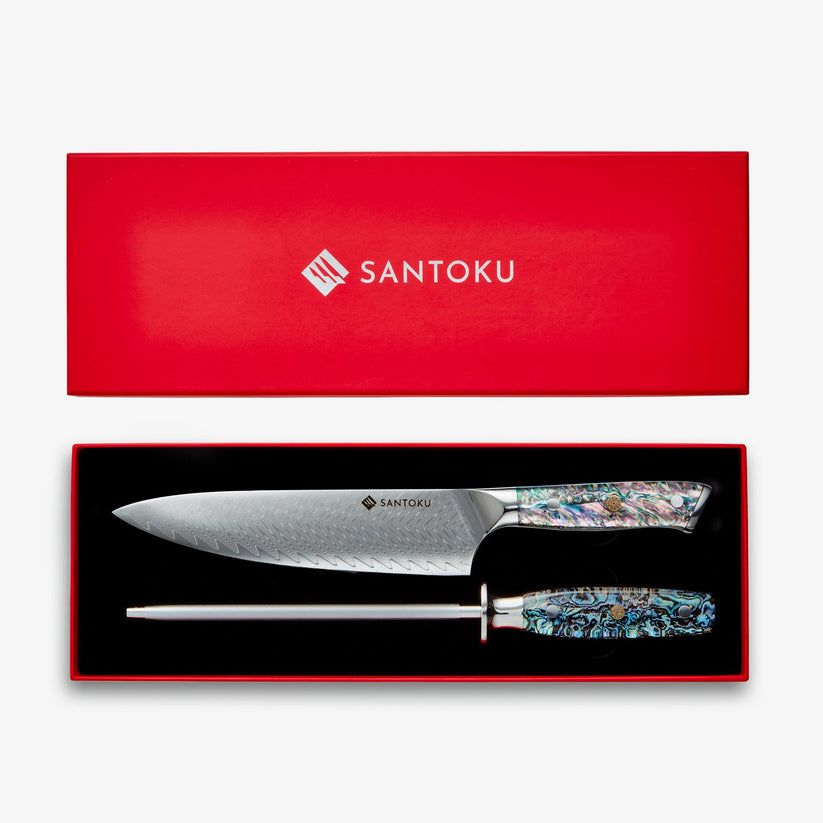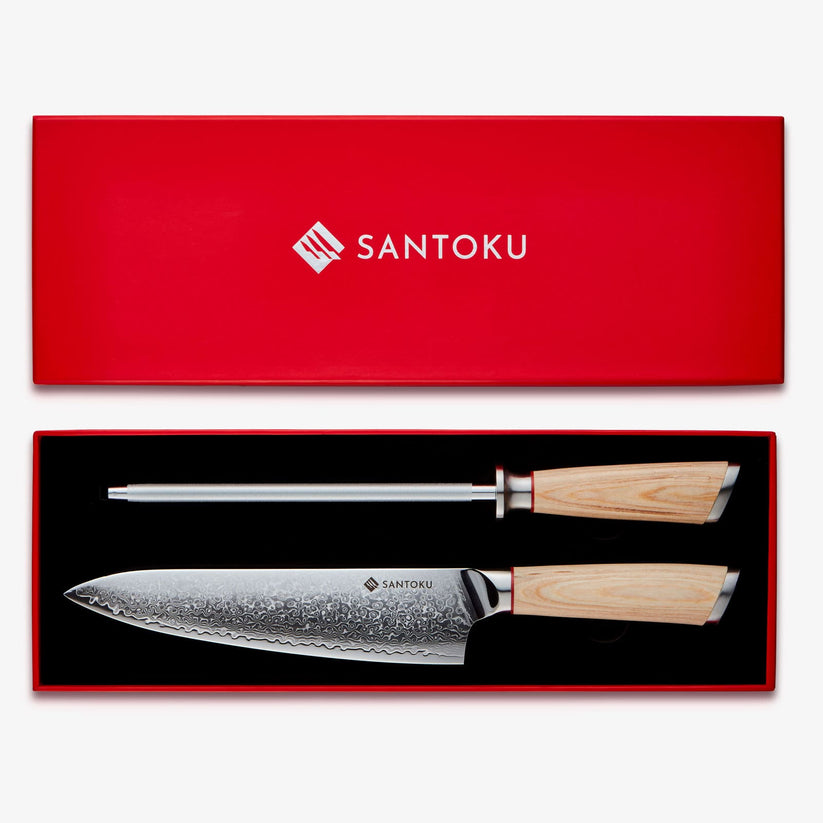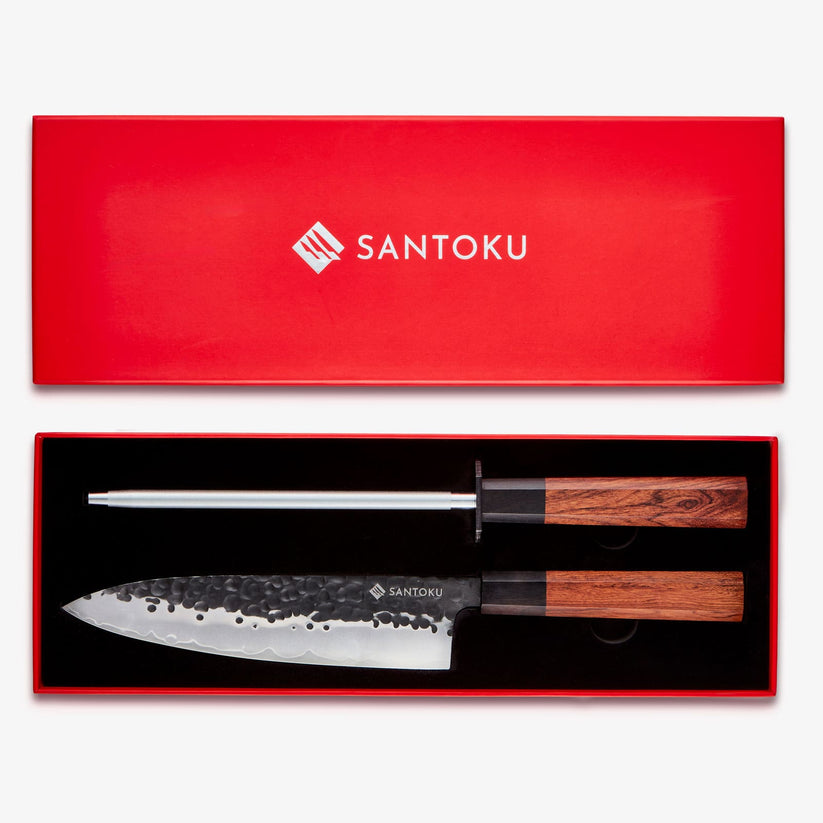
10 Tips for when cooking this dish
-
Use short-grain rice for authentic texture.
-
Prep toppings in advance to assemble quickly.
-
Blanch spinach and bean sprouts separately for best flavour.
-
Sauté vegetables lightly to keep them crisp and bright.
-
Keep gochujang sauce balanced — adjust spice with honey or sugar.
-
Fry eggs sunny-side up for traditional bibimbap.
-
Serve in a hot stone bowl (dolsot) for crispy rice bottoms.
-
Add bulgogi or tofu for extra protein.
-
Arrange toppings neatly for visual appeal.
-
Mix well before eating to blend flavours fully.
Serve it with suggestions
-
Kimchi as a side dish
-
Korean seaweed soup (miyeok-guk)
-
Pickled radishes or cucumbers
-
Korean BBQ beef (bulgogi)
-
A glass of barley tea (bori-cha)
FAQs
Q: What does bibimbap mean?
A: Bibimbap means “mixed rice” in Korean, referring to the mixing of rice with toppings and sauce.
Q: Can I make bibimbap vegetarian?
A: Yes, simply skip meat and use tofu or extra vegetables.
Q: What’s the best rice for bibimbap?
A: Short-grain white rice, similar to sushi rice, is traditional.
Q: Is bibimbap spicy?
A: It depends on how much gochujang sauce you add. Adjust to your preference.
Q: Can I meal prep bibimbap?
A: Yes, prepare toppings in advance and assemble when ready to eat.






